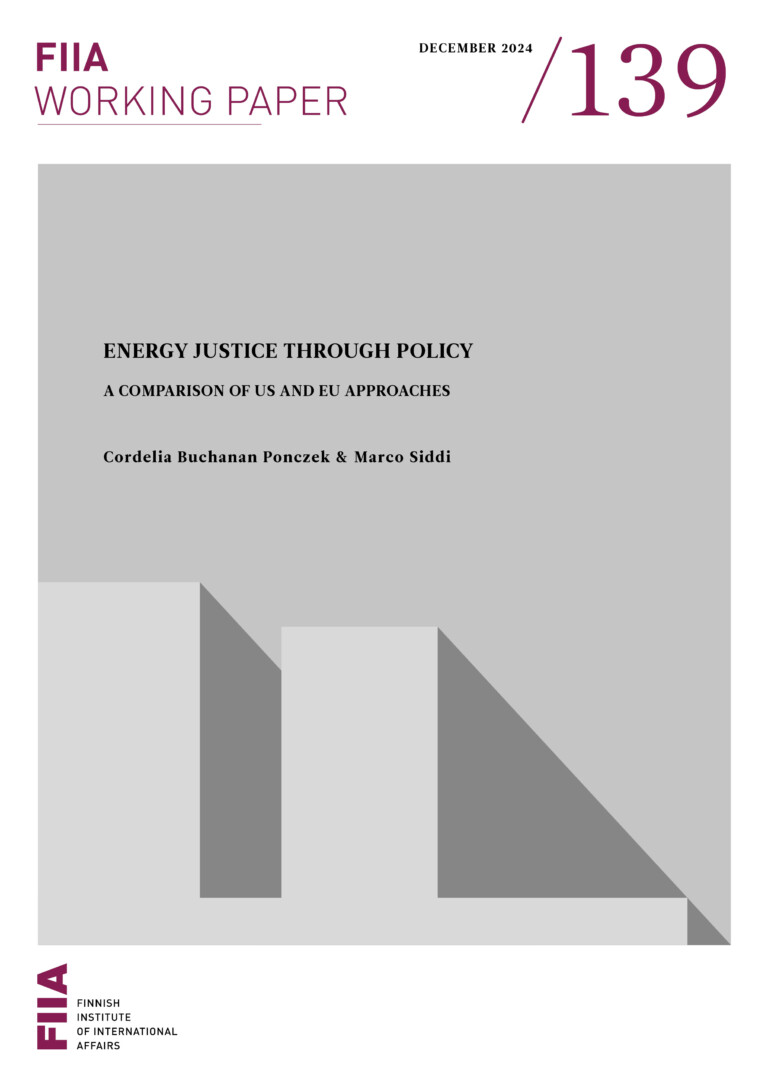In autumn 2014, Catherine Ashton’s successor is scheduled to start his term as High Representative of the Union. The ‘High Representative 3.0’ has the opportunity to realize the as yet untapped potentials of the office.
As chair of the Foreign Affairs Council, it was challenging for the High Representative to set priorities. Foreign ministries and the High Representative can benefit from making a joint effort to formulate common priorities for the foreseeable future at the start of the term.
The High Representative and the European Council President had an uncompetitive, but also reserved leadership style. The next duo might vie for primacy in CFSP matters. Instead, it is important that they bridge any divide between the Foreign Affairs Council and European Council and lead in tandem.
The High Representative needs to activate his ‘Commission hat’. A possible hierarchical organisation of Commissioners within thematic clusters would put the High Representative formally in charge of the Commission’s external relations. When it comes to the European Neighbourhood Policy in particular, the EU’s external relations could benefit from a clear hierarchical division of authority.
Securing member states’ ‘ownership’ of EU foreign policy and its institutions will be one of the key tasks for the incoming High Representative. His cabinet can fulfill a bridging function between the foreign policy chief, the EEAS leadership and member states.








